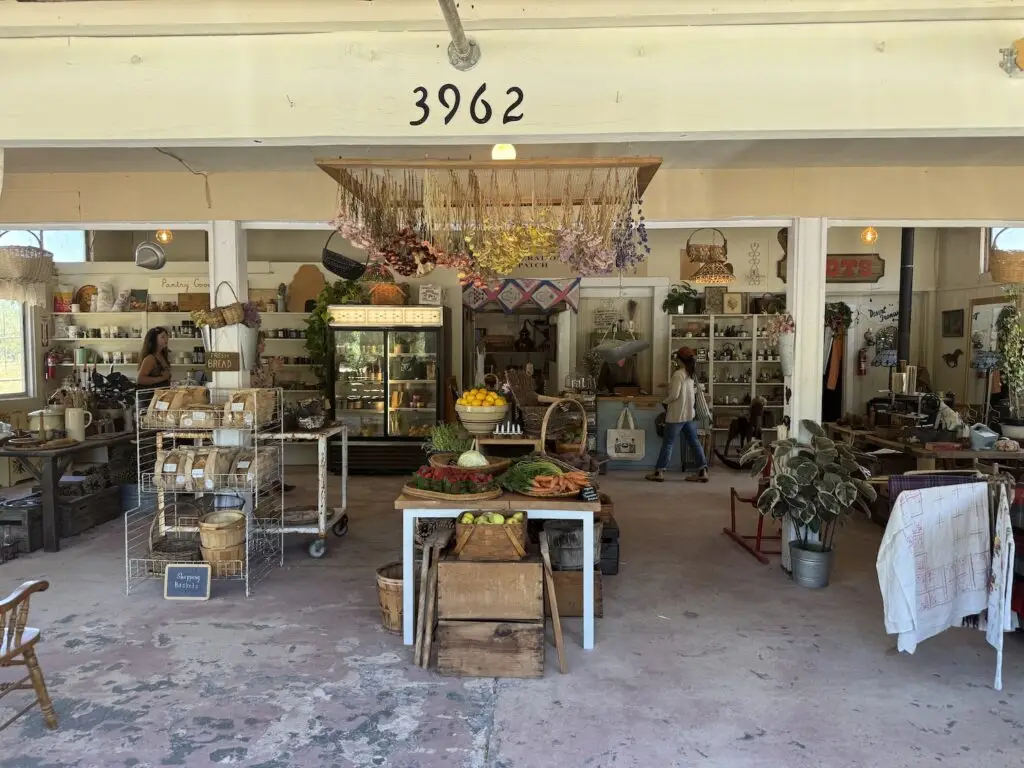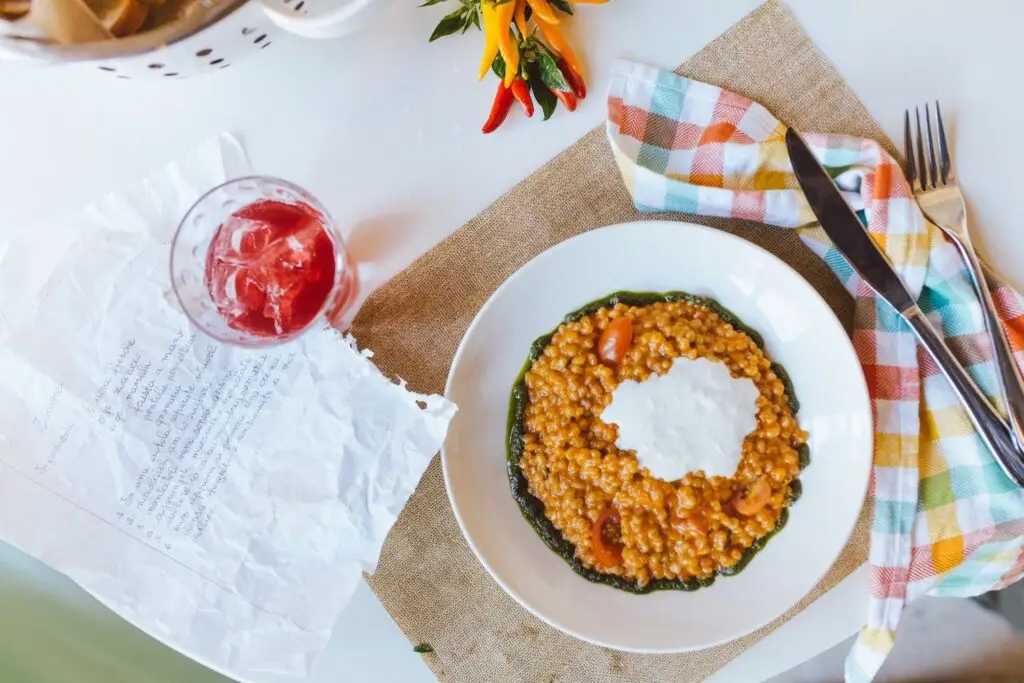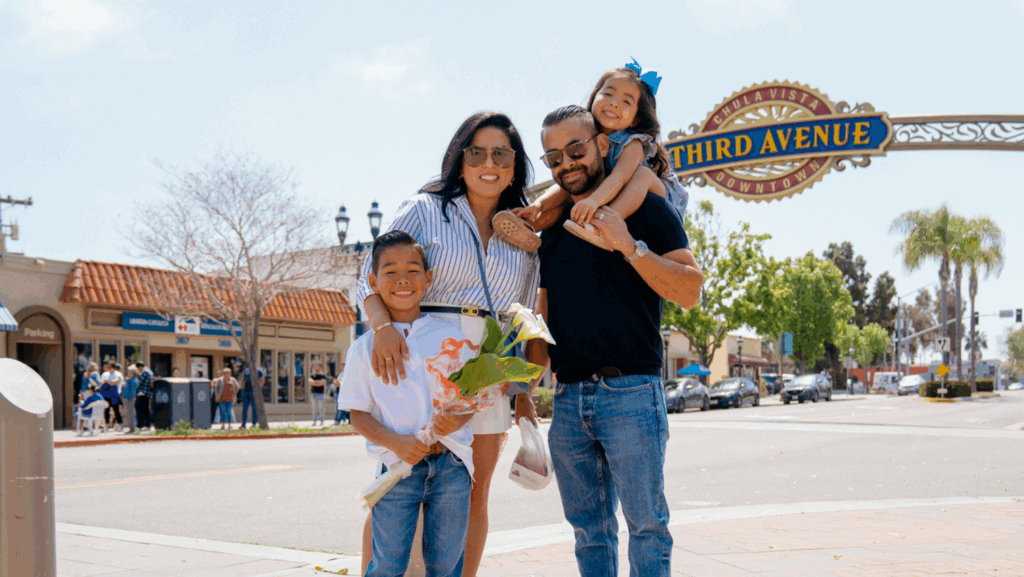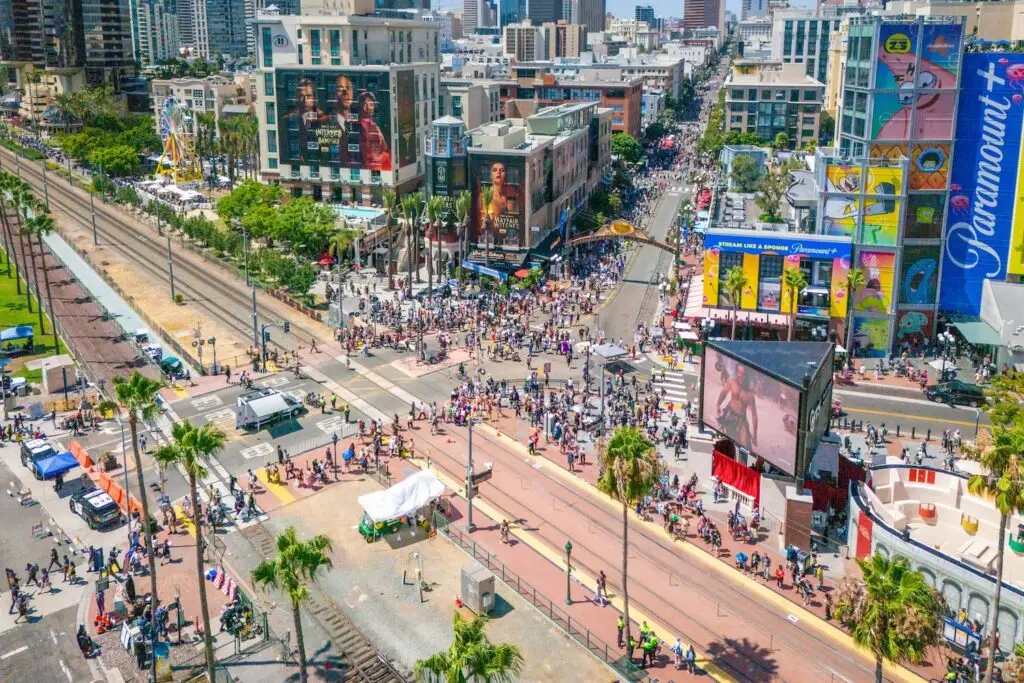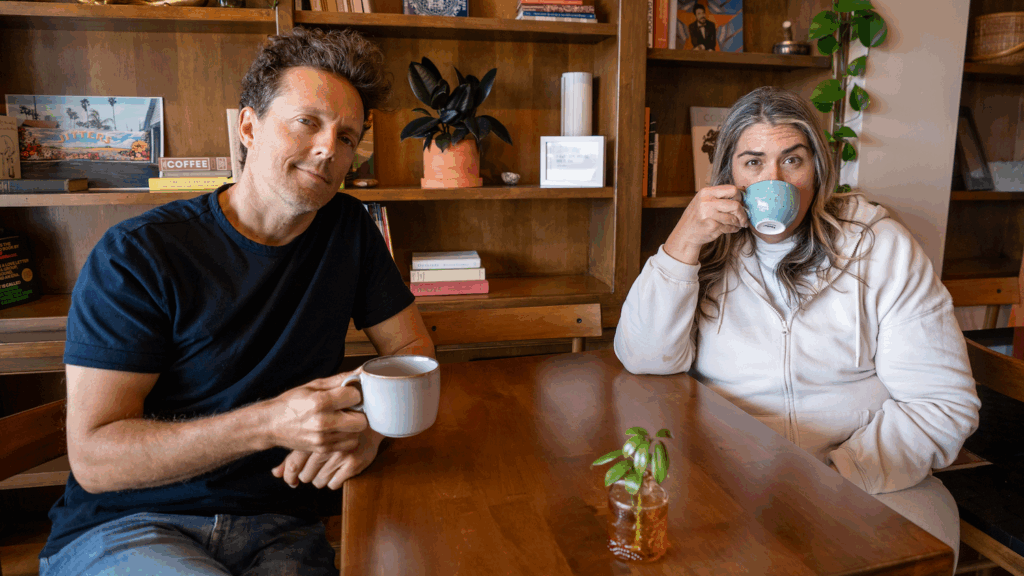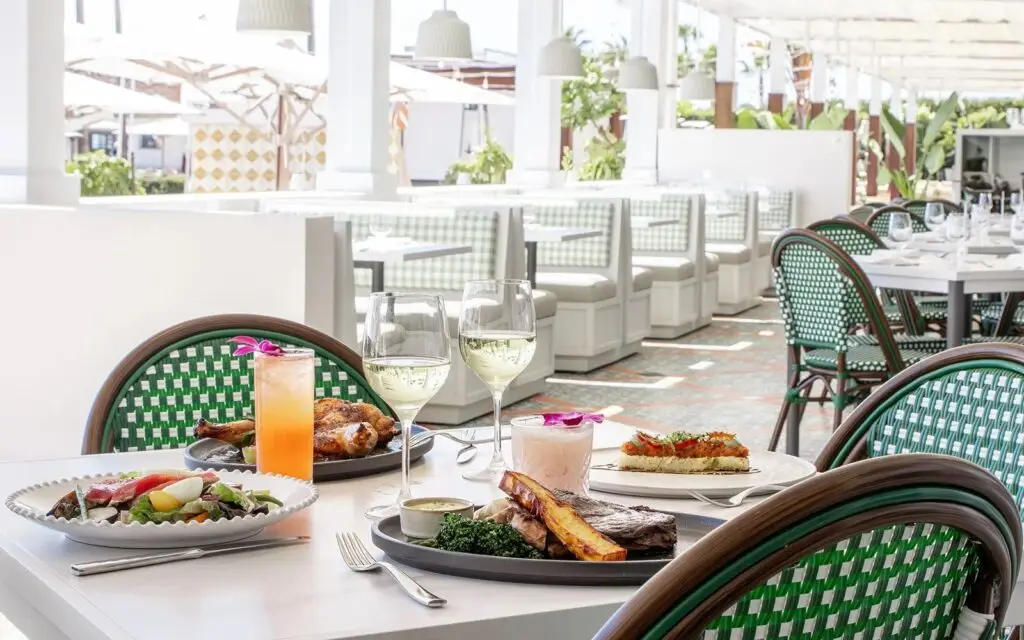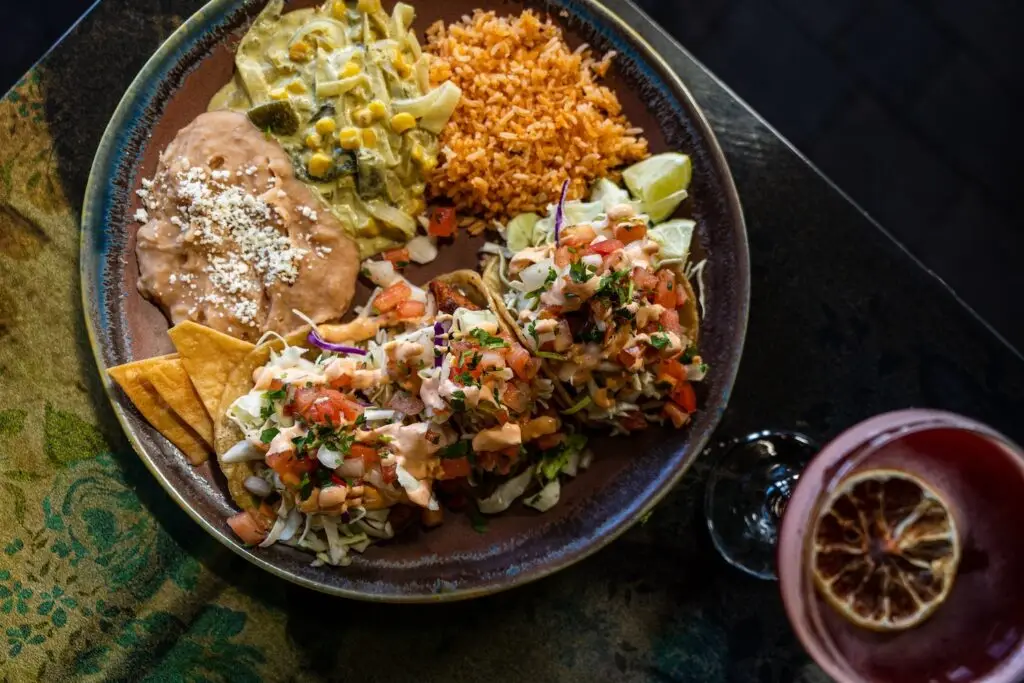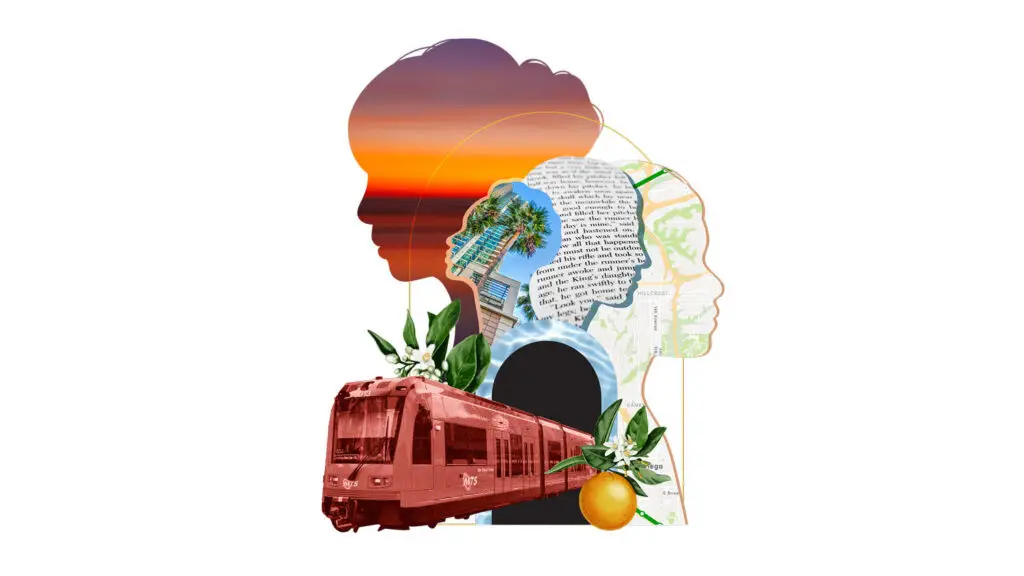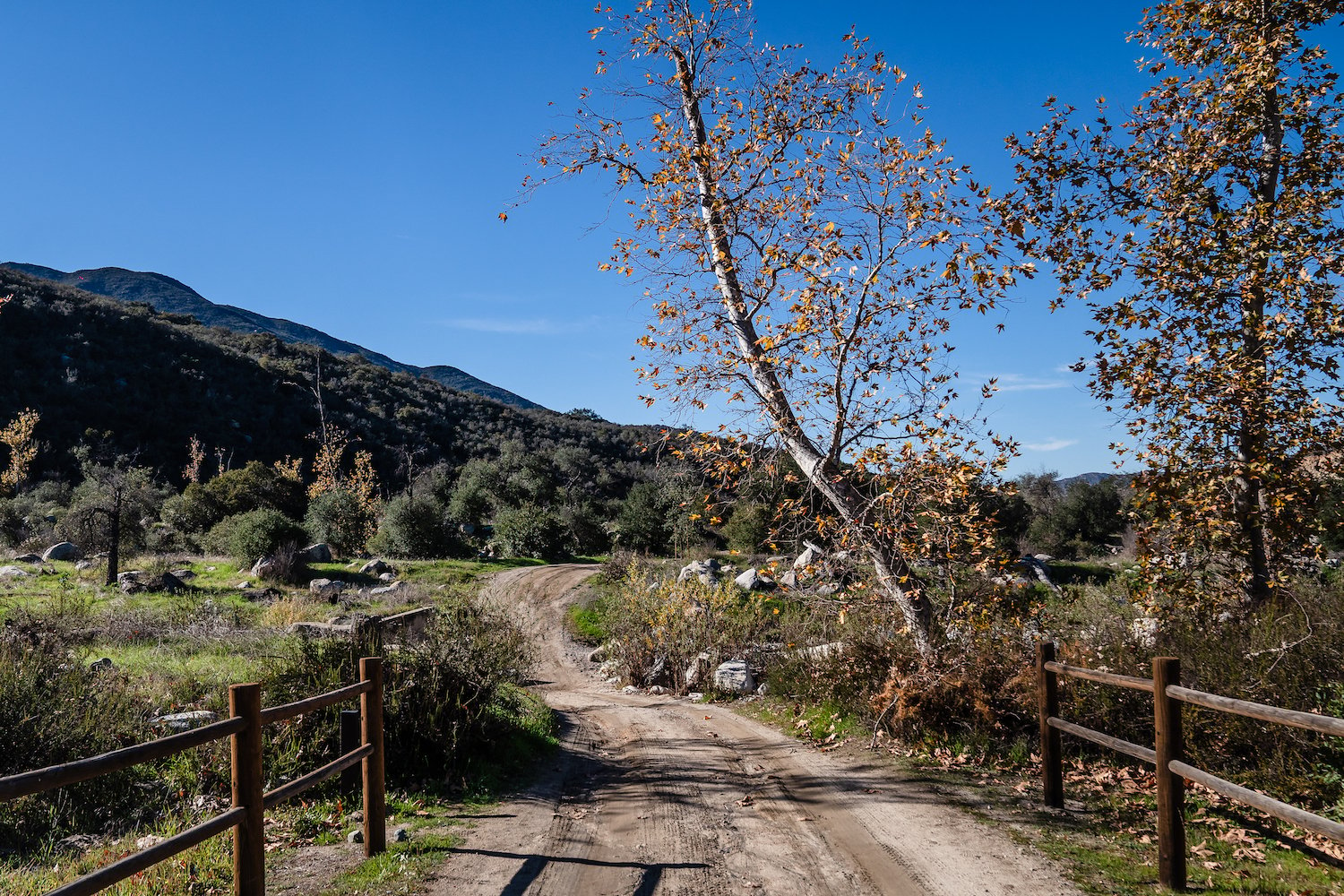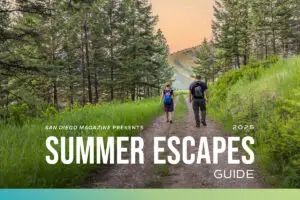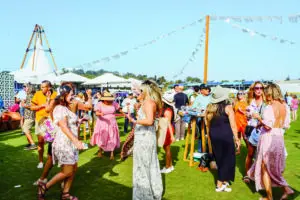“For 99 percent of the existence of our species, all we did was get up in the morning and ask ourselves, ‘What am I going to eat today?” says Pascal Gagneux, professor of pathology and anthropology at UCSD.
Nowadays, for many of us, feeding ourselves is as simple as driving to the nearest Trader Joe’s (or tapping a few buttons on DoorDash). But some, including Gagneux, still occasionally venture into the brush for snacks. He’s scoured the county’s bike trails and hedgerows from Pacific Beach to La Jolla, documenting over 100 edible species in the process. For him, it’s a means of cultivating wonder. “I have biophilia,” he says-an affinity, love, craving even for the natural world and all the myriad ways it ticks.
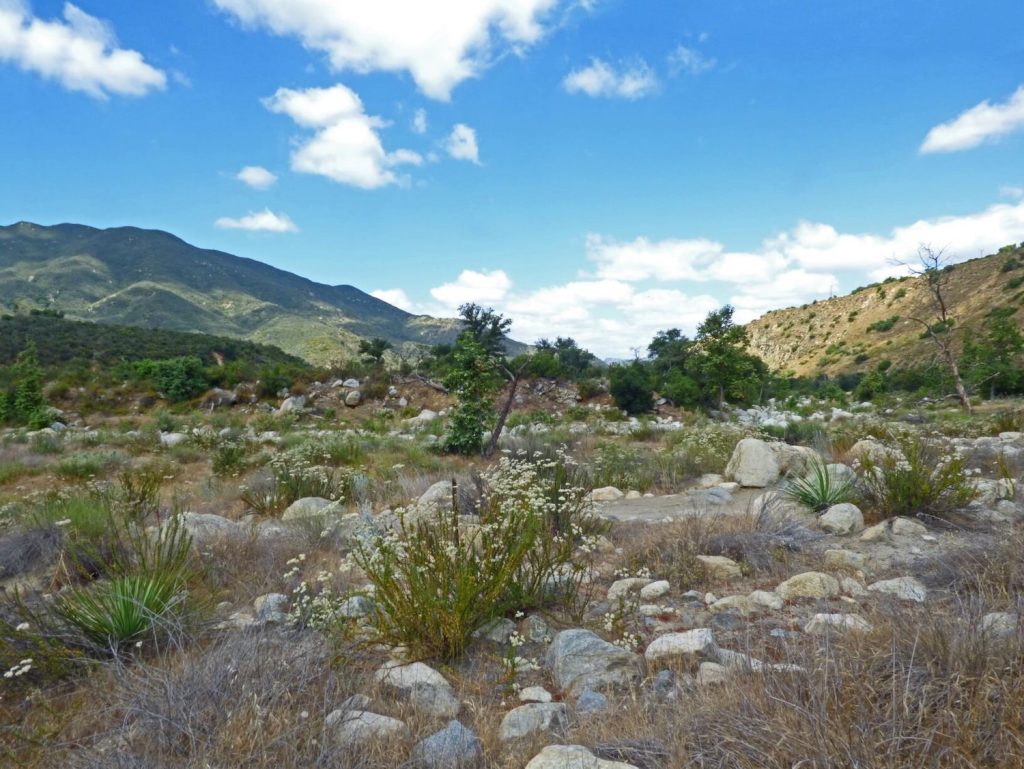
Of course, dipping your toes back into ancient scripts can expose you to ancient dangers. Poison hemlock (Socrates’ last drink) bears striking resemblance to wild celery. Deadly amanita ocreata could be a direct dupe for button mushrooms. In fact, Gagneux himself recently had a particularly unpleasant gastrointestinal run-in with a chicken of the woods mushroom, an easy-to-identify and usually benign species with which he’s quite familiar.
To forage, one must assume a relative degree of risk. Yet for the adventurous (and deeply experienced) few, foraging offers a thrill hard-won. The elevation of gustatory pleasure. A precious link to history and heritage. Age-old medicine, straight from the land.
My own interest in wild foods started young. My father had a novice passion, and I was raised with stories of giant puffball mushroom discoveries in upstate New York, of collecting bamboo shoots and black fungus on a business trip to China.
Once, when I was in grade school, he was passing by a San Diego fire station after a storm. A bloom of morels sat in innocent abundance on the city block, unnoticed by passersby. He pulled the car over and picked the lot. I was mesmerized by their alien fruiting bodies and earthy scent. He strung them to dry from our porch, and we ate them all spring.
Since experiencing foraging in Washington, Colorado, and New Zealand, I’m still no expert-far from it. And my home of San Diego always seemed to me like a wild-food wasteland, subject to maybe a morel miracle after a rainstorm, but not much else. Yet how can that be, when the coastal scrub supported native communities for thousands of years? Who are the foragers here, and what drives them out into the woods?
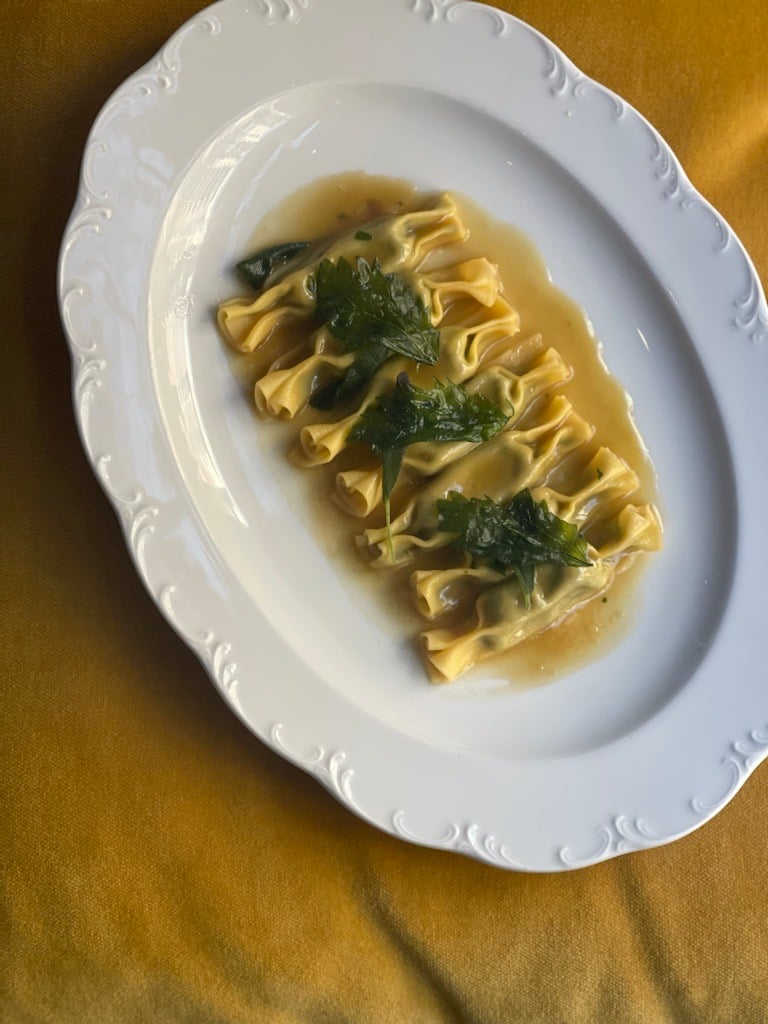
For Travis Swikard, chef at Callie and the incoming, as-yet-unnamed restaurant at La Jolla Commons, foraging is ingrained in his philosophy on cooking as a whole. It’s a vital aspect of the natural cuisine of a place, he says. Wild ramps, porcinis, and morels were an everyday part of his childhood in Vermont. His training in Europe solidified the sense that what we eat should be reflective of not just the season, but the day. Is it raining? How hot is this summer in particular? What does this village or that have access to and at what time?
In early spring, it’s stinging nettles that are flush and verdant on the damp trails of our greater backyards. Swikard pairs his nettles with potato, also an early springtime staple, as a farce inside fresh pasta, served with parmesan and leek broth. “There’s nothing more signifying of time and place than something that is [growing] wild,” he says.

In summer, it’s about fennel. A transplant from Europe, fennel has invaded nearly every coast and hedgerow of our region. At Callie, all of the plant is used: the sweet stalk in vegetable and pasta dishes, the delicate fronds in salads, the pollen and seeds in hearty stews, the brittle husks for charcoal grilling. Foraging chefs feel like the natural evolution of American restaurants’ return to seasonal cooking.
“Follow what nature is giving you,” Swikard says.
The average home cook, however, may want to refrain. “I would generally discourage the everyday person to go out and forage,” Swikard cautions. The risk of misidentifying a mushroom or herb is too high. But if you’re at, say, Chino Farms or another local vendor, and they have nettles, lamb’s quarter, or purslane, consider purchasing something you wouldn’t normally try. You might be surprised at the complexity it adds to your next salad or potato-leek soup.
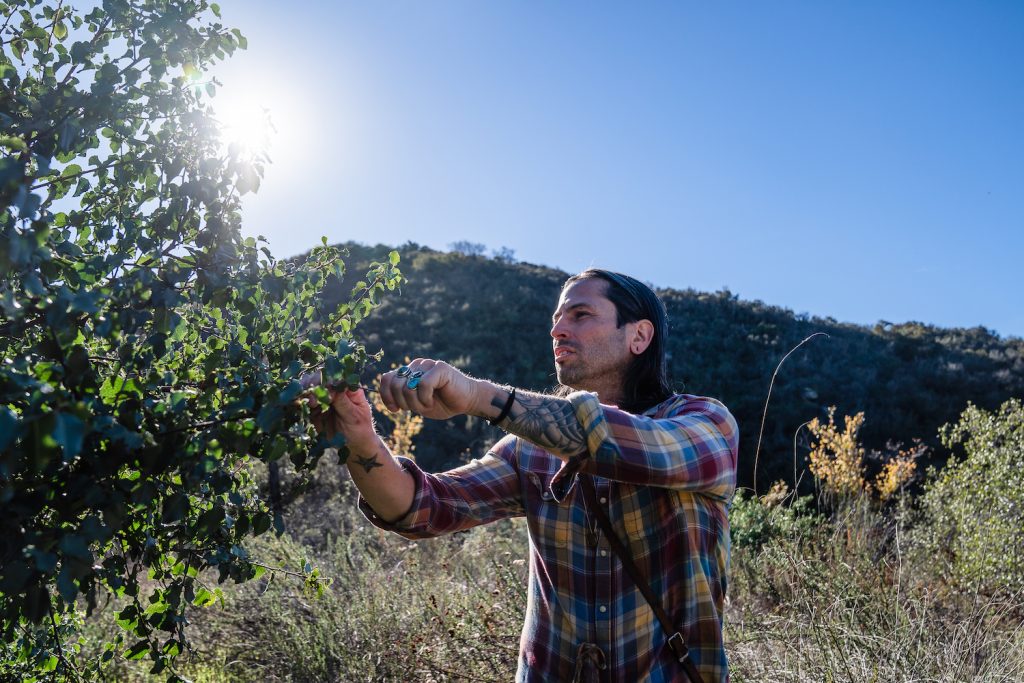
For other foragers, the pursuit of wild foods goes beyond flavor. Paul Sage Cannon, a tribal member of the Kumeyaay nation and a medicine bearer for his community on their reservation near Pauma Valley, views wild plants as inextricably linked to his sense of identity, how he interacts with the world, how he shares healing and connection with people.
Cannon lights a white sage bundle, letting the smoke waft gently throughout his home, surrounding our bodies. Sage, he explains, is used to rid the space of any negative energies. White sage is a prized plant among native communities, used as an ingredient in pinole (a kind of porridge), a powerful antibacterial, and a connection to the spiritual realm. It is resinous, leathery, growing in great plumes on the stalks of his backyard plants. It is now also a protected species due to overharvesting and habitat loss.
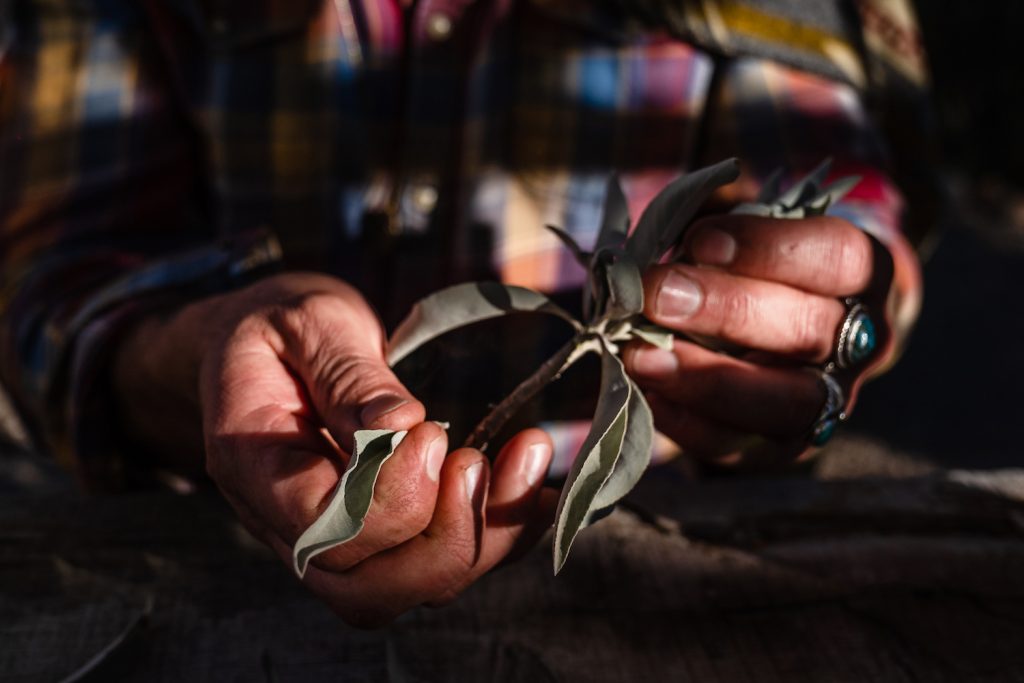
It’s witnessing the ingredients vital to his culture in peril that drives Cannon’s motivation for food sovereignty. Having seen firsthand the impacts of poverty on his community, Cannon believes there is immense value in learning your native habitat and food sources. Stable housing isn’t promised, and “that refrigerator can disappear rather quickly,” he points out.
Cannon champions the preservation of wild food sources and community and backyard gardening as ways to fortify vulnerable communities from food scarcity. Cannon does his part, replanting areas where sage has been impacted, and tells me there are also safe cultivating spaces specifically set aside for the tribe.
Graciously, he opens his cabinets to me, showing me plump acorns collected from Palomar Mountain. Another rich source of nutrients, they are vital to native food systems, as well as a host of indigenous species like the acorn woodpecker. He nods to the mugwort growing out the window, an aid in astral travel. He then pulls out a jar of innocuous dried twigs and opens the lid. I’m immediately hit with a powerful blast of sharp-smelling herbal potency.
“That’s native creosote. That’ll save you from death,” he says. It’s used as a cure-all for native peoples, known to help everything from the flu to pain. It’s even being explored in clinical studies as a potential inhibitor of cancerous growth, though the research is still evolving.
Cannon takes me out into the San Luis Rey riverbed near his home. He points out edible local buckwheat, and we rub our hands on hollyleaf cherry leaves, relishing their marzipan scent. The berries are safe to eat, he tells me, but the seeds are poisonous. We pass arroyo willow. A hallmark for sourcing water, it’s also used to make ewaa (traditional nomadic shelters) and may host oyster mushrooms.
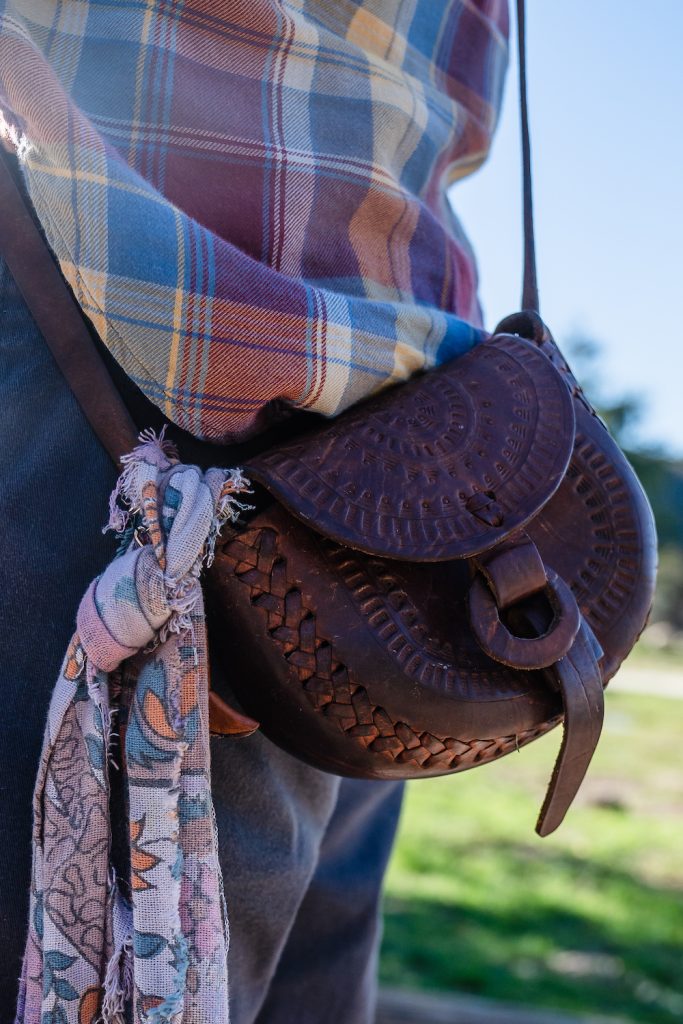
Cannon pops a few pinches of sagebrush into his leather medicine bag. In it, he keeps a “prayer blend,” a constantly rotating assortment of wild flowers and herbs picked up from each foray, local or otherwise. He’ll bestow a small offering of this blend to those he meets, those he sits with in their own times of pain or need. This medicine is about bearing witness to suffering and providing to it an offering. A talisman of connection to the abundance of life. A symbol of our relationship to the land and our commitment to protect it and each other.
Foraging can be a similar kind of cure, safeguarding and nourishing you as you work to respect and understand its offerings. After all, Cannon says, “the number-one medicine is getting your hands in the dirt.”

